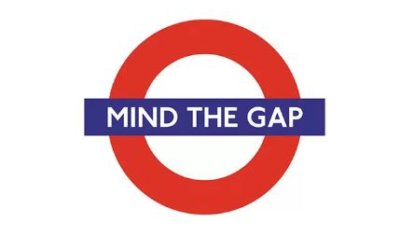Thinking back on my undergraduate years, a handful of relationships stand out four decades hence. Lifelong friendships were forged during those years, including one with a girlfriend who became my wife. Various speakers graced our campus with pearls of wisdom and humor. I recall names and topics even to this day, particularly in connection with the twice yearly current issues day. What kept me focused on the finish line, however, were the connections with faculty; men and women who made a profound difference in my learning experience, my career and my life. I felt valued and challenged, sitting at the feet of those who cared about the whole person. Each of our children attended the same college, connecting with some of the same faculty during their four years. A small school called Houghton College in rural western New York was a wonderful place to study and grow. And it was a privilege to return the favor, serving as a faculty member and then CFO there for about a dozen years.
Fast forward to today. Our work with scores of colleges and universities over the past five years suggests that the student to faculty relationship is a better gauge of success than the student to faculty ratio. In fact, certain of our more progressive schools track admission yield by campus visits and faculty interaction. Experience has taught them that a visit which includes a personal meeting with a faculty member increases the likelihood of enrollment markedly. We are convinced it leads to stronger outcomes in retention and graduation rates too.
So, what’s the matter with the good old student to faculty ratio? Isn’t that a guarantee of faculty engagement with students? Our observations tell us that this is not necessarily a good way to convey interaction and relationship building. Consider two scenarios that lead to a low ratio.
A well-endowed school can afford to pay faculty appropriately while funding a quality student experience, even with a 12:1 ratio or less. On the other hand is a struggling school that backs into a low ratio. Declining enrollment combined with a static faculty FTE make it difficult to properly fund a quality student experience. Perpetual cost cutting necessitated by such an environment can wreak havoc on morale. Unfortunately, struggling institutions appear to be the most likely to trumpet a low student to faculty ratio – something they didn’t plan on and can’t afford.
And in the case of the well-resourced and the struggler, a low ratio doesn’t necessarily correlate with relationship building.
A few questions seem in order. Is there evidence of faculty and student interaction outside the classroom? Are multi-year student research projects, practicums, internships, summer work experiences and other joint faculty/student endeavors a part of student expectations? What do student satisfaction surveys indicate about faculty engagement?
In addition to all of this, there is an area that we believe is primary to a successful student experience.
What does your advising program look like? Is it dedicated solely to choosing courses or are there a number of areas being touched by the process? Is there a checklist of outcomes associated with advising? Does this experience look more like mentoring and have some sort of curriculum associated with it? How many students does each faculty member advise? How many majors are there versus faculty in the program? How often do advisees meet with their advisors? Campuses that have a successful advising program attract and retain students better and can maintain a higher (more sustainable) student to faculty ratio. If you’re struggling, take note!
So, rather than trumpet a ratio that might have occurred by accident, focus on faculty engagement, beginning with the prospective student, and create a world class advising program. Recruitment, retention and student satisfaction will all benefit. You may even move the student to faculty ratio upward to a level more appropriately associated with your other resources.
Relationships really are better than ratios.
What do you think?


